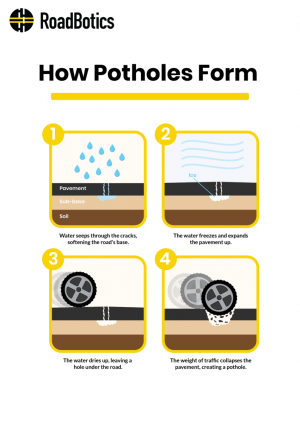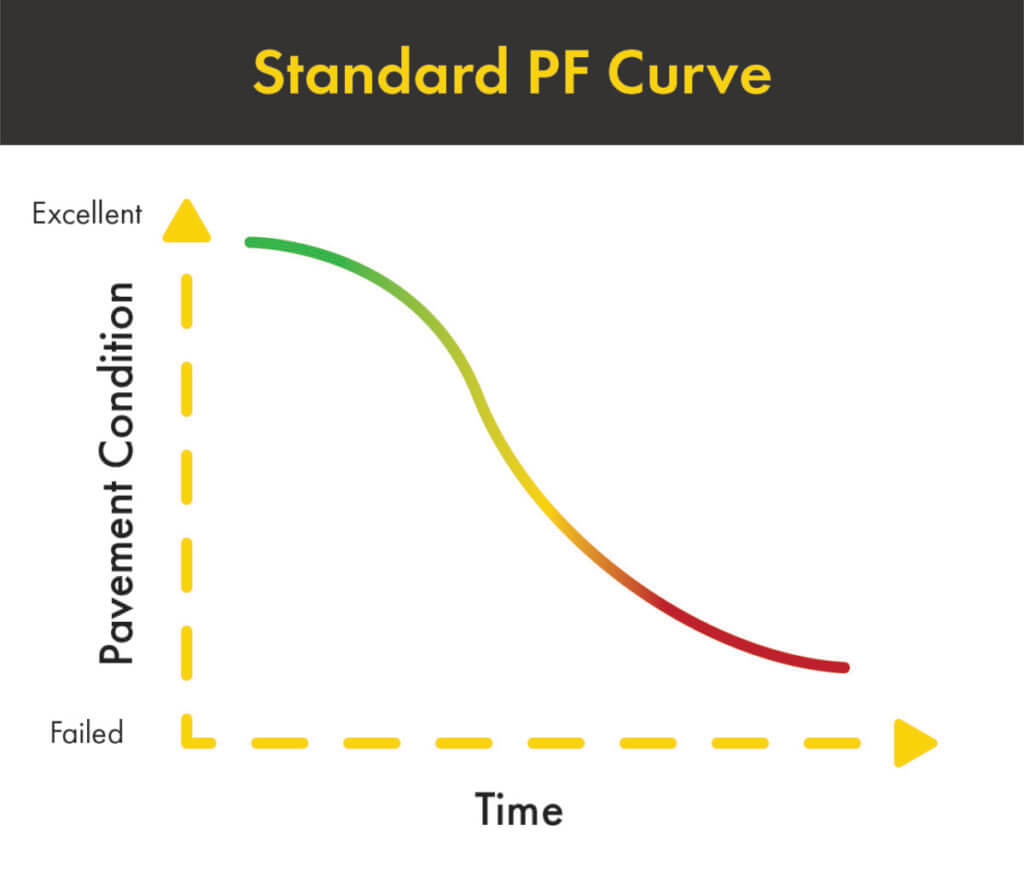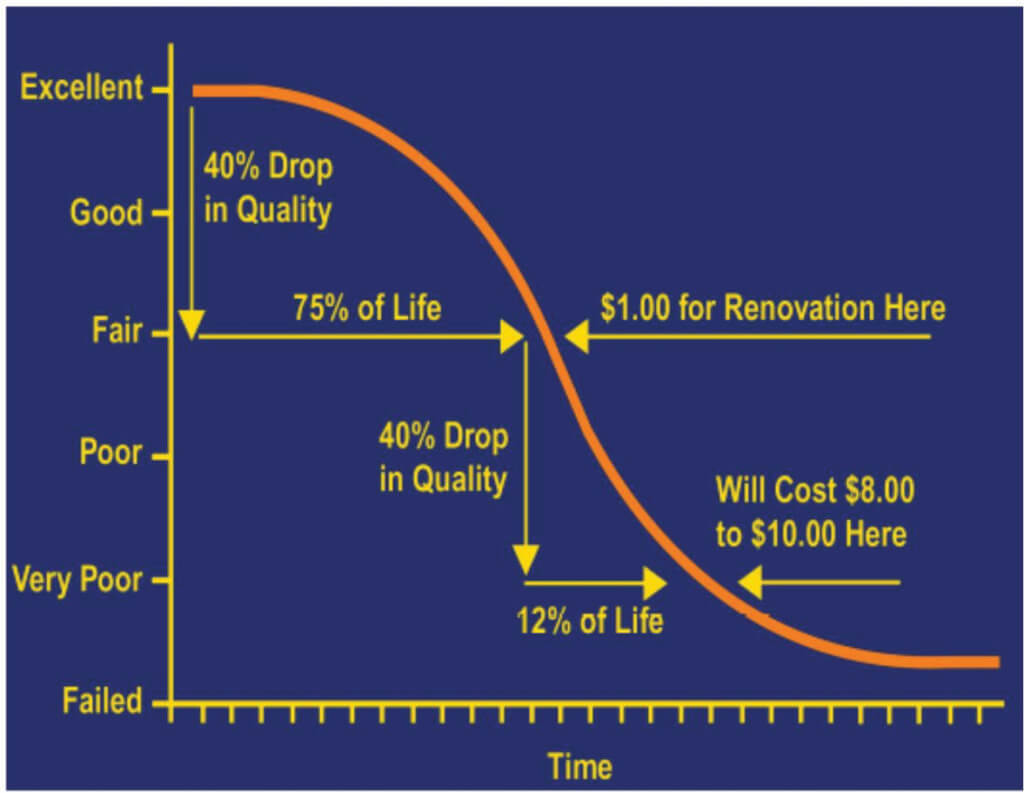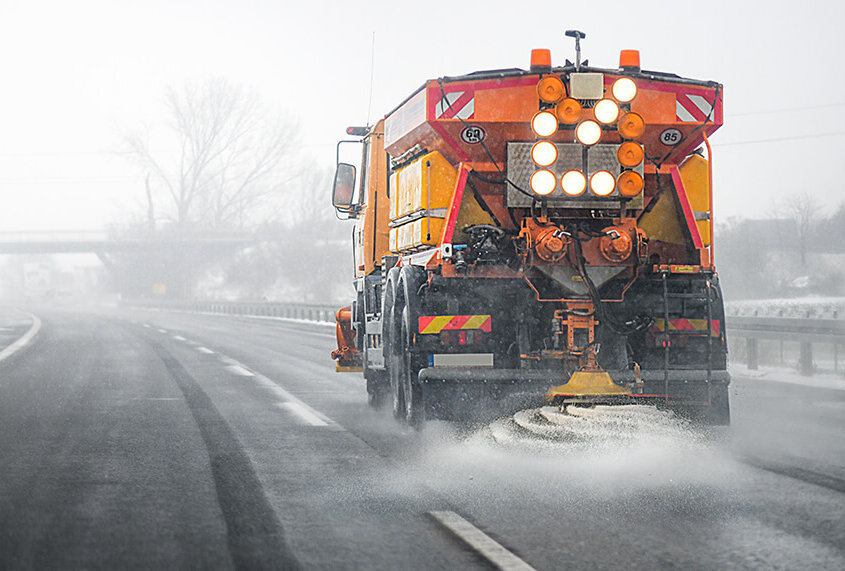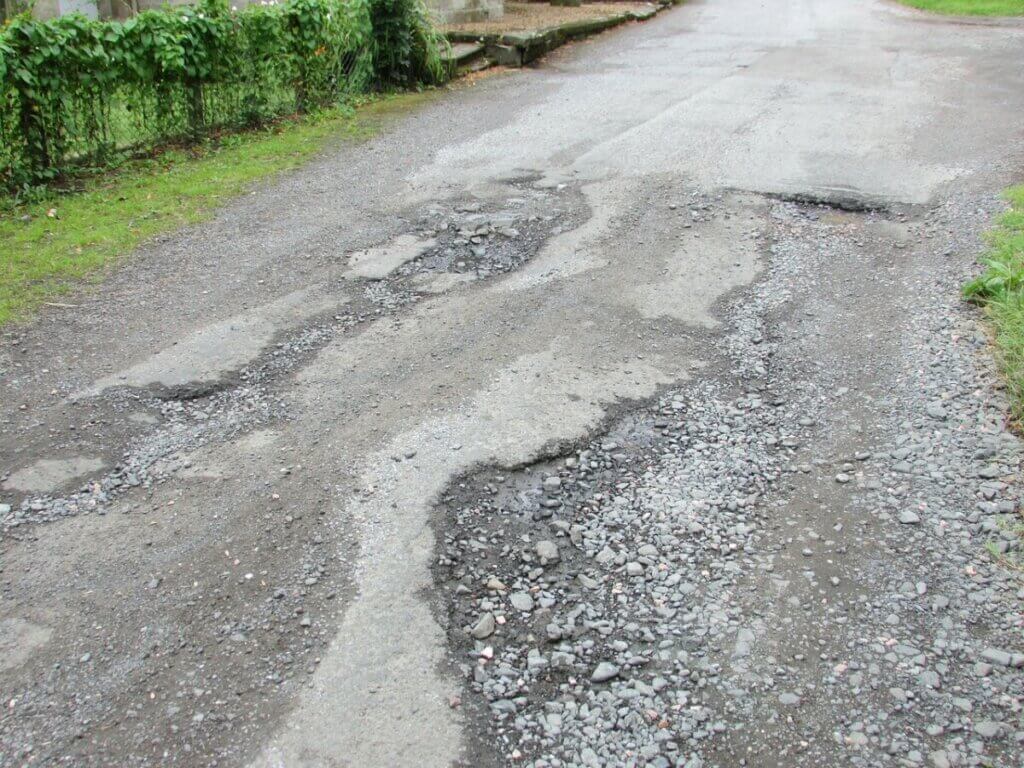At RoadBotics, we recommend yearly or even bi-annual analysis, while most local governments operate on a 3-5 year plan. So, one of the common questions we run into is whether the frequency of our assessments is necessary.
Of course, this is not always the case. Some municipalities go as far as having an employee assess nearly 100 miles of road every single day or employ some form of sample-based analysis yearly. On the flip side, we learned that several governments might have no plans for road assessments or are unaware of when their engineers had checked the road conditions.
So this begs the question(s): How often should governments be analyzing damage to their roads? How quickly does that damage appear? How would they be able to afford those assessments? Well, get ready for some answers.
Roads Deteriorate Faster Than You Think
For all the drivers out there, you can probably relate that spring is time to say goodbye to your tires. Multitudes of potholes, cracks, and degradation of road quality, in general, are ready to eat away at your tires and suspension.
Is it a mere perception of a worse road once the asphalt is visible after the snow melts, or are more potholes appearing every single year?
Unfortunately, it is the latter. The process of pothole formation can take a single seasonal transition, particularly in colder climates with significant temperature changes within seasons. Check out this infographic to learn the basics of how potholes form.
Time-Lapse Images of Road Degradation
But, don’t just take my word for it. To illustrate the point, I decided to peruse our data to compare road conditions year-to-year in our home city of Pittsburgh. One of our founders, Christoph Mertz, Ph.D., has been collecting video data of the roads every day for five years, during his commute in Pittsburgh since 2012.
Take a look at some of these time-lapse images and how much the roads have deteriorated within a year! Consider how much worse the damages would be if the roads were assessed every 3 to 5 years. This type of damage forming over the winter is the exact reason we recommend conducting road assessments every year. While an entire road network will not deteriorate in that time, it allows for early detection of developing problems to perform preventative maintenance rather than complete rehabilitation of a road.
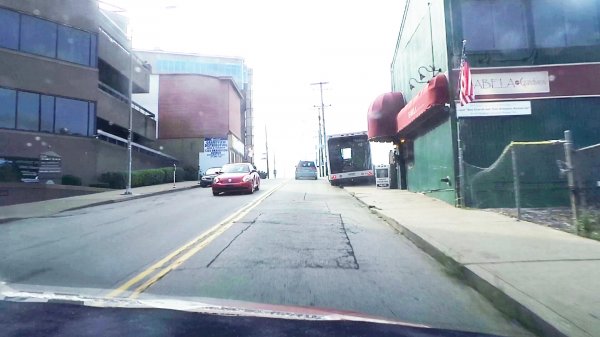
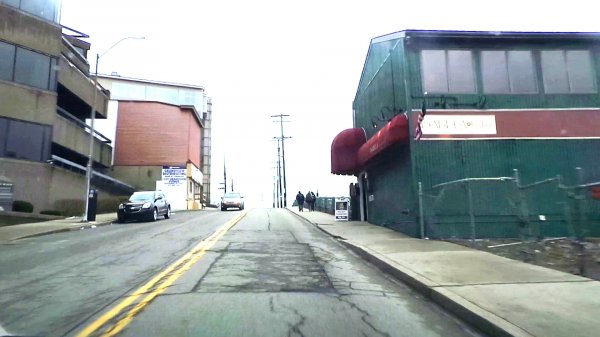
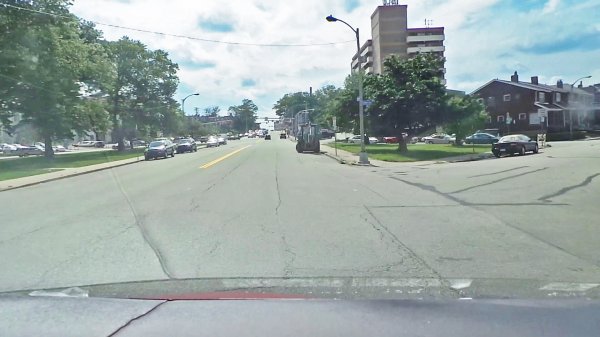
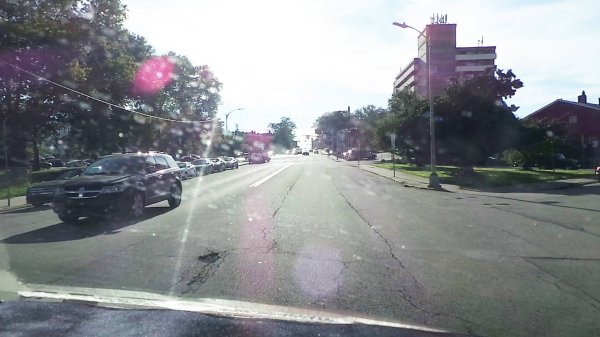
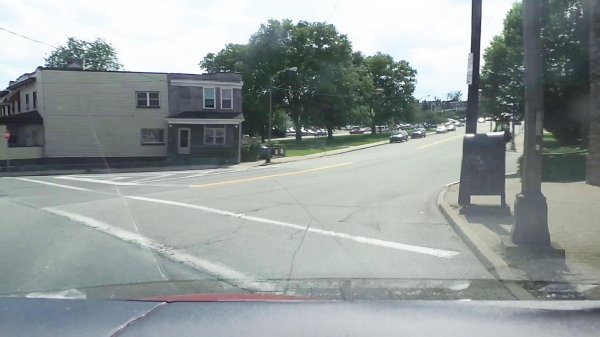
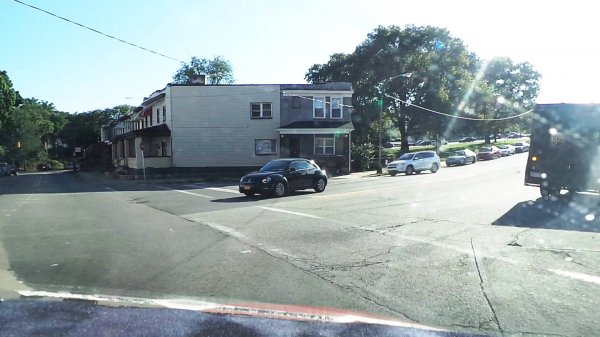
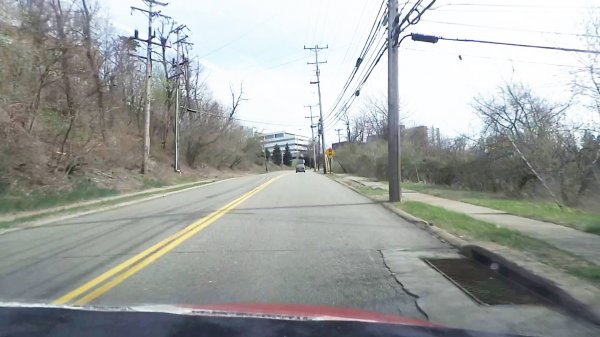
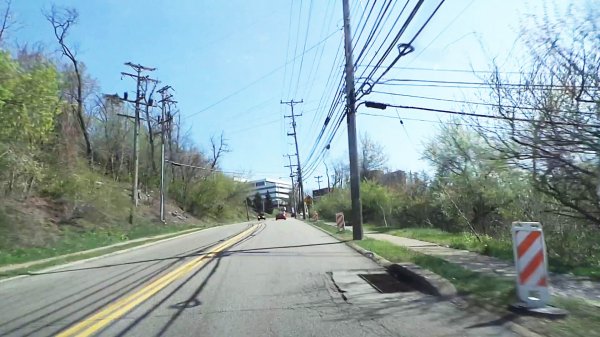
The Benefits of Regular Assessment
You may be asking yourself, “Okay, so you know where damage is every single year rather than every three years. How does that save the government money?”
Take a look at the standard P-F curve that shows how roads deteriorate over time. The deterioration of infrastructure is an unavoidable reality, so it’s important to have a sense of how fast your road conditions reach a high risk of failure.
In 2012, Provincetown, Massachusetts, published a public report of road repair costs to show the benefits of the preventative repair methods. The report shows that it costs $1 per square foot to address the minor surface distresses and prolong the life cycle of roads, while it costs approximately $8 to $10 per square foot to rehabilitate the roads. That’s about seven times more expensive!
Not Reactive, But Proactive
Instead of waiting on citizen complaints or reports of a deep pothole, the government could identify the cracking that leads to potholes, years before they even form. Why go through lengthy road closures to fill a pothole or mill an entire road when you can identify all your minor surface distresses and repair those at a lower cost?
Let’s be honest here… current road assessments are time-consuming, labor-intensive or expensive. So, RoadBotics is here to provide an affordable AND objective solution for you. We want to help governments virtually see the condition of their roads regularly, address the distresses “just-in-time” and make every dollar worth the investment.

